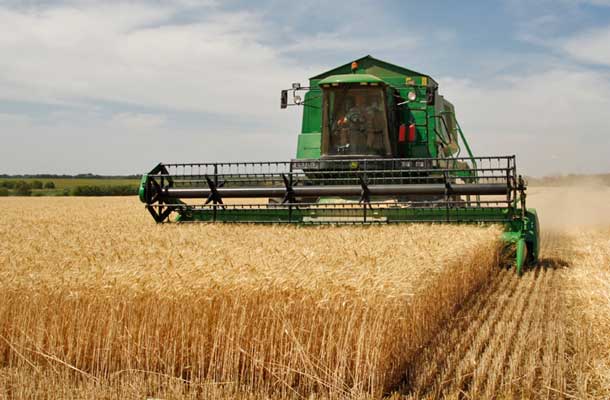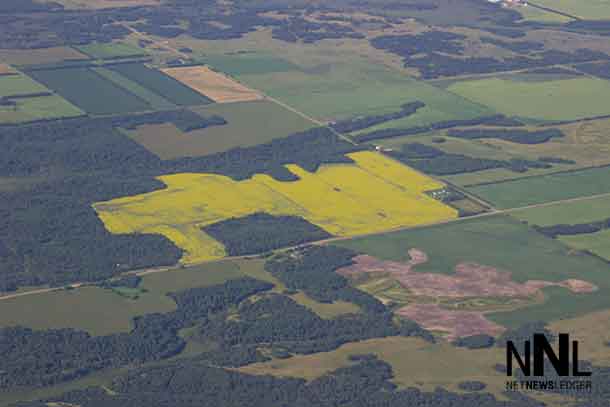
Bumper Crops Reported From Prairie Harvest Results
WINNIPEG – Business – Harvest operations in Alberta and Manitoba are now on the home stretch according to Farm Credit Canada.
Despite delayed spring seeding in Alberta, a combination of precipitation and warm weather over the growing season allowed crops to mature and develop. Lukas Matejovsky, crop statistician with Alberta Agriculture, says those conditions were beneficial for yields. “We have seen high yields and above average crop quality,” Matejovsky says. “So the 2013 yields are anticipated to be 20 to 25 per cent above the five-year average,” he says. “And the crop quality — we’re seeing that over 90 per cent of crops are falling in top two grades.”
In Saskatchewan, “Ninety-nine per cent of the crop has been harvested”, according to Saskatchewan Agriculture’s Weekly Crop Report.
“Harvest weather was favourable for most of the province, allowing producers to pull off well-above average yields and above average crop quality. For example, average yields for spring wheat and canola are 35 and 36 per cent higher, respectively, than the 10-year average (2003 to 2012). Average yields for spring wheat are reported as 46 bushels per acre, durum 45 bushels per acre, oats 91 bushels per acre, canola 38 bushels per acre, peas 43 bushels per acre and lentils 1,700 lb. per acre. The majority of crops are rating average to above average in quality and are reported as falling within the top two quality grades”.
Most regions have the majority of the crop in the bin. There are some areas in the southeastern and east-central regions that are 95 per cent combined. These areas have experienced significant rainfall throughout the growing and harvest seasons, resulting in some yield and quality loss. Some flax, chickpeas, canaryseed and oats are still being combined.
Alberta Crop Could See Record Set
Matejovsky is cautiously optimistic about this year’s totals, saying Alberta could see a similar year to 2011’s record production.
The province experienced another eventful insect year, with bertha armyworm again an issue in central Alberta and parts of the Peace River region, while army cutworms caused concern in southern Alberta early in the crop year.
“Wheat midge has made major inroads in the southeastern part of the Peace River region,” says Scott Meers, insect management specialist with Alberta Agriculture. “Cereal leaf beetle continued to show up in new areas and increased in severity in parts of its established range.”
Concerns for 2014 Growing Season
Grasshopper numbers also rose in 2013, and reports reveal more grasshoppers throughout the province at harvest. The long open fall will favour egg laying, possibly leading to greater numbers in 2014.
In Manitoba, the harvest is largely complete, with spring cereals 98 per cent finished, canola at 95 per cent, soybeans at 93 per cent and edible beans 100 per cent in the bin. But flaxseed is only 70 per cent done, while sunflowers and grain corn are 40 per cent harvested.
“Generally, weathering of crops in a late harvest scenario could potentially result in downgrading, particularly cereals,” says Pam de Rocquigny, cereal specialist with Manitoba Agriculture. “Yields won’t be significantly impacted unless there is loss during the harvesting process.”
Crop yields overall surpassed those of 2013, but lower yields were reported in areas hit by extreme weather during the growing season, with excess moisture and hail in the northwest and southwest in particular. Low disease pressure helped to produce high yields and average to above average crop quality.
While winter wheat acres seeded this fall will likely be down from last year, given the delayed harvest, germination and stand establishment of what’s been planted is better than a year ago, and is rated at good to excellent.







